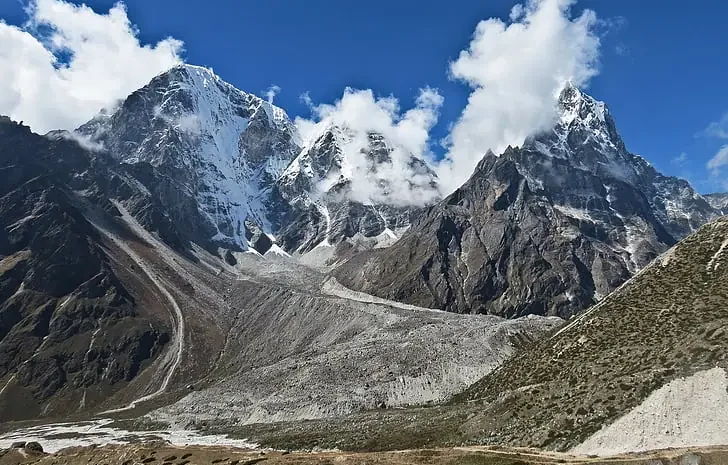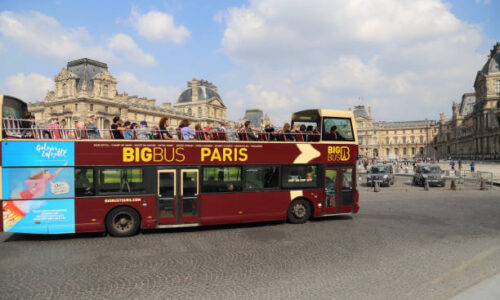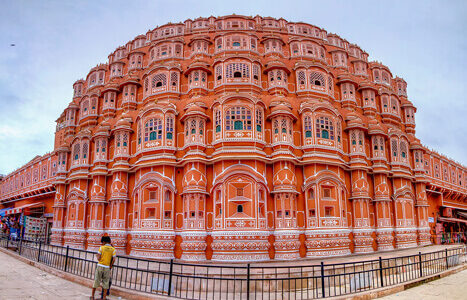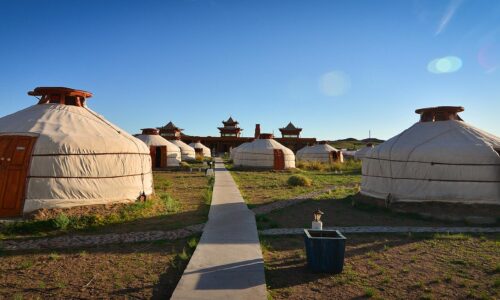
Image Credit: pickpik.com
Retaining a match to trek to Everest base camp (EBC) isn’t any smooth feat. One of the maximum important additives of any successful trek is staying well-hydrated. Your frame dehydrates faster at higher elevations, and it requires extra water to function effectively. Now, no longer ingesting sufficient water can motive fatigue, complications, altitude infection, and other health concerns, which could ruin your journey.
Knowing a way to stay hydrated on the EBC trek is essential for your fitness and also for the enjoyment of your trek. This manual will help you cope with the demanding situations of retaining hydrated at altitude, provide thoughts on checking your fluid levels, and give you suggestions on how to keep a properly hydrated frame from Lukla to Base Camp.
Why High Altitude and Hydration Are Related
The air at Everest Base Camp is skinny, dry, and bloodless. Those factors improve the dearth of water as the animal breathes, sweats, or urinates. You can now not experience as thirst as you will at lower altitudes; however, your body is still losing fluids at a quicker rate.
Hydration is also essential for movement, regulating body temperature, digestion, a nd kidney function — all important for managing the bodily toll of hiking. Disembark and arrive in precise hydration fame – dehydration can exacerbate symptoms of altitude illness, consisting of complications, dizziness, and nausea, and may increase recovery time.
Recognizing Signs of Dehydration. Maintaining pace together with your frame’s cues is important for stopping dehydration. Early signs and symptoms can be dry mouth, dark urine, fatigue, and dizziness. And due to the fact that high altitude can blunt your thirst mechanisms, waiting till you sense thirst may additionally motivate you to be particularly dehydrated.
Checking the coloration of your urine is a convenient way to gauge hydration: light yellow means you are drinking enough, even as darker urine way you ought to be ingesting even more. It’s also an extremely good indicator you’re staying hydrated if you’re visiting the restroom frequently.
How Much Water Do You Need to Drink?
Personal and environmental factors alter hydration requirements. Differences in hydration requirements from person to person are due to the effects of altitude, temperature, aerobic- ic intensity, as well as personal, physical characteristics. An estimate for consumption on the Everest Base Camp trek would be somewhere around 3 to 4 litres per day. Some days, particularly at altitude and on demanding trekking days, you may want even more.
Water in = electrolytes in is the thing. Simply drinking water can dilute your body’s salts enough to cause a potentially dangerous condition called hyponatremia. Other than including an electrolyte drink or powder on your day, including ginger ale can help a bit.
Practical Tips for Staying Hydrated
Great taste, less waste-ditch the single serve bottles to reduce your waste and refill with GROSCHE water bottles- recommended 1 to 2 liters per person. Most inns along the route offer boiled or filtered water, occasionally for a nominal fee. Make sure you constantly drink safe water by way of purchasing bottled water from valid agencies, boiling or treating the water with water purification tablets or filters.
Sipping hot liquids, together with natural tea or ginger lemon tea, can soothe your throat and encourage you to drink more fluids. Caffeine and alcohol need to be limited as they will cause dehydration.
While available, consuming fruits and vegetables with a spread of water, such as oranges and cucumbers, also allows hydration.
Managing Hydration During Trekking Days
It’s also best to drink small amounts as needed rather than large quantities infrequently. Sip often, even if you don’t experience thirst, so that you hydrate for the duration of the day. Drink the water you have got on your table, hold a bottle within attain to remind yourself to drink.
Use breaks to refuel fluids and electrolytes. Understand that your frame may additionally lose extra fluid at high altitude, so it’s mainly important to adapt to this habit.
Avoiding Common Hydration Pitfalls
One of the most common is the usage of only candy liquids or supplements for power. Although they offer fast energy, the high sugar can make you dehydrated or upset your stomach. Combine these with clear water, and take electrolyte replacements.
Cold weather can also dissuade you from hydrating. Having an insulated bottle will help prevent heat loss, and if you could, cover your water box so you are more likely to drink more frequently.
Final Thoughts
The intention is to live hydrated while hiking via the Everest area to Everest Base Camp, no longer simply ingesting water, but honestly being in-track along with your frame’s thirst and what it needs in a harsh environment. by using making consuming a priority, knowing how to spot dehydration and employing recommendations to maintain hydrated, you’ll be capable of raise your health and clean out your trekking.
Meanwhile, devoid of the watery calorie source, you’ll be able to savour the breathtaking Himalayan views, throw yourself into the physical battles, and digest every minute of the incredibly inspiring journey to Everest Base Camp.




